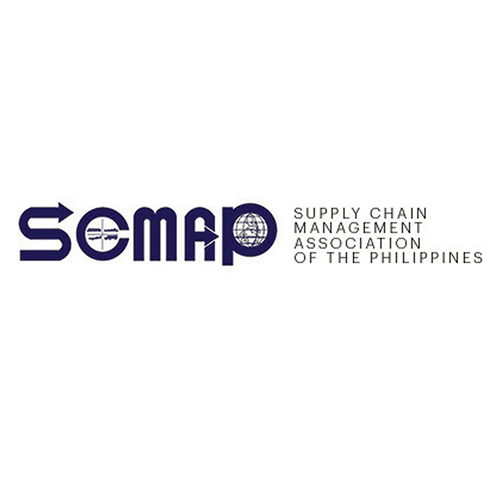As I sat down to write this column, a sense of déjà vu came over me. I’m sure I have written about this many times, but haven’t I written exactly about a “transportation crisis” before?
Indeed, I have: back in July 2016, in the first days of the Duterte administration, when talk of passing a law to immediately address Metro Manila traffic was doing the rounds. The government was keen to make an impression by solving, once and for all, the perennial issue of road congestion in the capital. It’s safe to say they haven’t succeeded, but then again, it’s not an issue you can solve in sixty days. At least, between the implementation of long-gestating infrastructure projects and the crafting of a National Transport Policy, we have moved forward.
Fast forward to today, at the dawn of a new administration, and we’re talking of a “transportation crisis” yet again. Images of long queues of commuters populate our social media feeds, accompanied by more hand-wringing about how the government has not been able to address the issue—perhaps because those in power don’t take public transportation, some suggest. True, we are seeing the seeds of (hopefully) long-term solutions being planted, but the immediate concerns—particularly in the lack of capacity and supporting infrastructure for existing public transportation options, such as jeepneys and buses—remain.
These issues were further amplified by the pandemic. Almost two and a half years in, at least in Manila, there remains a reduction in affordable transportation options. Vehicle capacity is at 100% under Alert Level 1, but there are fewer trips, fewer routes and fewer stops. The surge of workers returning to their offices in the past few months highlights the fact that our systems were never really able to handle all this demand.
Making things worse is the rising cost of fuel. Some jeepney drivers have decided to stop plying their routes, unable to bear the brunt of high expenses and low incomes. The Land Transport Franchise and Regulatory Board finally allowed a provisional rate increase for jeepneys—by just one peso, and only for the base rate—but it came after many years of denied requests and a steady rise in fuel costs. Surely taxi, bus and TNVS operators would come knocking next.
It’s not just about public transportation. Rising fuel costs affect everyone. We have yet to hear from trucking groups in the country, but they have also long been pushing for higher rates to absorb higher costs, as well as the economic impact of road congestion. In South Korea, truckers have gone on strike demanding the government address rising costs and pay concerns, resulting in disruptions across many industries and losses of up to USD 1.2 billion in delayed shipments. Delivery services, particularly those powering the e-commerce boom in the country, are definitely affected as well.
These dimensions make this talk of a transportation “crisis” more urgent and relevant. It’s no longer just a term flung around to make the issue of congested roads in one part of the country feel dramatic. It’s a series of genuine concerns that are affecting the entire country, which are disrupting the movement of persons and goods—and will very likely drag our bid for economic recovery. Transport costs are the main driver for our accelerating inflation rate, affecting prices of virtually all goods, and dampening consumer confidence just when we’re expecting to see, to some extent, the phenomenon of “revenge shopping” other countries saw as they went out of lockdown.
Last week the Move As One Coalition proposed a ten-point agenda to combat the immediate effects of this transportation crisis. Among the proposals are encouraging shifting people towards walking, cycling and road-based public transport by prioritizing these means in the budget; allowing all PUV routes in Metro Manila to resume; urgently providing financial support, such as fuel subsidies, to transport workers; and encouraging companies to allow work-from-home arrangements. While the proposals focus on the personal mobility side of things, the effect on our supply chains will be profound, particularly in supporting truckers and last-mile providers, and supporting personal consumption whether it be through physical or virtual stores.
With all that said, a significant challenge is the battle for perception. The outgoing administration has staked its efforts to address mobility issues on flagship infrastructure projects. While they add capacity—and make for a good photo opportunity—it’s ultimately not a significant investment in public transportation. Consider how many people from surrounding provinces go to Metro Manila for work: their transport options remain woefully limited. You address those as well to truly get a grip on the problem.
But then we have the Metro Manila Development Authority noting last week that there was a reduction on the number of vehicles plying EDSA because of the rising cost of fuel. “Expensive gas means less traffic,” it seemed to say. Every cloud may have a silver lining, but I don’t think this is a cause for celebration.
Henrik Batallones is the marketing and communications director of SCMAP, and editor-in-chief of its official publication, Supply Chain Philippines. More information about SCMAP is available at scmap.org.





